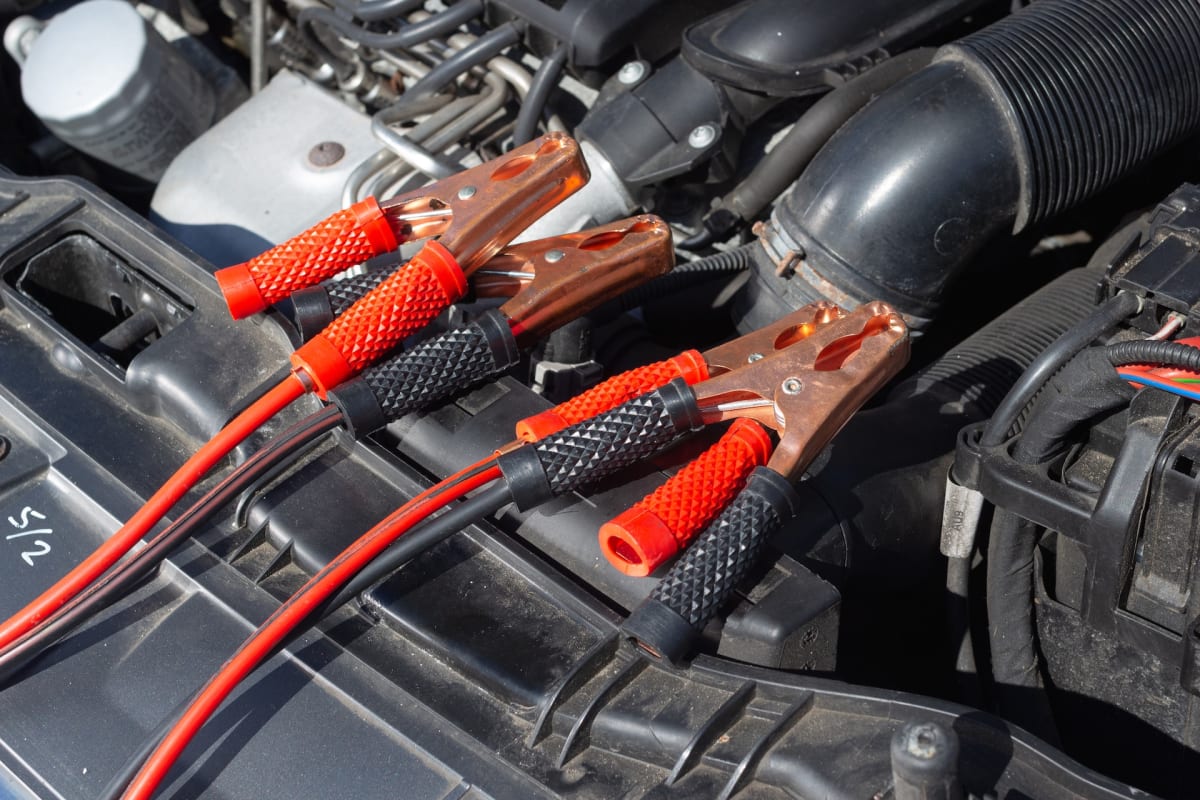
Electric Three-Wheeled Vehicle Charging: Location and Duration
October 10, 2023
How to Operate an Electric Three-Wheeler and Safety Tips
October 17, 2023Electric three-wheelers have become a popular and eco-friendly mode of transportation. This article aims to provide insights into the battery voltage and lifespan of electric three-wheelers, as well as offer essential guidelines for charging.
Contents
1. Battery Voltage
The voltage of an electric three-wheeler’s battery can vary based on the make and model. Generally, these vehicles utilize batteries with voltage in the range of 48 to 72 volts. However, it’s crucial to consult your vehicle’s specifications or user manual for precise information. Battery voltage significantly impacts the vehicle’s performance and range, so understanding your specific battery voltage is essential.
2. Battery Lifespan
The lifespan of an electric three-wheeler’s battery is influenced by various factors, including the quality of the battery, maintenance, and usage patterns. On average, high-quality batteries can last anywhere from 2 to 4 years. Regular maintenance and proper charging practices can extend the battery’s life. It’s important to monitor your battery’s health and be prepared for eventual replacements, which can be a significant cost to consider.
3. Charging Guidelines
Charging Time
The charging time for an electric three-wheeler largely depends on the battery’s capacity, its state of charge, and the charger’s specifications. Here are some general guidelines:
- When the battery is completely depleted, a full charge can take approximately 8 to 10 hours.
- If the battery is not fully depleted, a partial charge might require 4 to 5 hours.
- The battery’s capacity and the charger’s output current are key factors in determining charging times.
- Many modern chargers are intelligent and can deliver higher currents initially (fast charging) before tapering off as the battery reaches around 80% capacity to ensure battery health.
- It’s advisable not to exceed a charging time of 12 hours, as prolonged charging can affect the battery’s lifespan.
Charging Frequency
The frequency of charging your electric three-wheeler depends on your usage. Here are some recommendations:
- If you typically use about 10% of the battery’s capacity daily, you can charge it once a week.
- With a daily usage rate of 20%, you might need to charge every three days.
- At 30% daily usage, you should consider charging every two days.
- Usage of 40% or more daily means daily charging is recommended.
Initial Charging Considerations
When you acquire a new electric three-wheeler, it’s essential to follow these initial charging guidelines:
- Before the first charge, ensure that the battery is not fully depleted. It’s best not to run the battery completely dry.
- Avoid charging the battery indoors; charging in a well-ventilated area is recommended.
- The first charge is critical for the battery’s initial chemical reactions. It’s advisable to charge during the daytime, making it easier to monitor the process.
- Typically, the first charge should take approximately 5-6 hours to ensure the battery is fully charged.
Subsequent Charges
After the initial charge, consider this for subsequent charging:
- When the battery is nearly depleted, perform a long charge, lasting 8-10 hours, for a complete chemical reaction cycle in the battery.
By following these guidelines, you can ensure the optimal performance and longevity of your electric three-wheeler’s battery.
In Conclusion
Electric three-wheelers have specific battery voltage ranges, and their battery lifespan can be prolonged through proper charging and maintenance. Understanding these aspects and following charging guidelines can help you get the best out of your electric three-wheeler’s battery.
Here are some tips to help you use the vehicle better.


